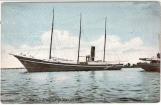1
The Roosevelt on Sept 12 1909 (Marie Ahnighito Peary's birthday - Peary's daughter)12 September 1909
Labrador
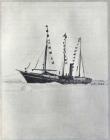 Credits:
Credits:Robert E. Peary
2
Roosevelt at Battle Harbour, LabradorSeptember 1909
Labrador
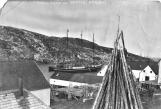 Credits:
Credits:Courtesy of Ted Hardy, St. John's NL
3
The Roosevelt at Etah1908-09
Greenland
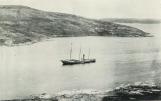 Credits:
Credits:How Peary Reached the Pole: the personal story of his assistant, by Donald B. MacMillan. Boston, New York: Houghton Mifflin Co. 1934
4
The Roosevelt leaving Etah for Cape Sheridan with Peary in command1908-09
Greenland
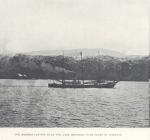 Credits:
Credits:Hunting with the Eskimos, by Harry Whitney. New York: The Century Co. 1910.
5
The Roosevelt drying her Sails at Cape SheridanSeptember 1908
Arctic region
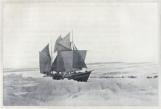 Credits:
Credits:The North Pole, by Robert E. Peary. London: Hodder and Stoughton. 1910.
6
The Roosevelt Nipped by the Ice in Robeson Channel1908-09
Arctic region
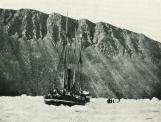 Credits:
Credits:How Peary Reached the Pole; the personal story of his assistant, by Donald B. MacMillan. Boston, New York; Houghton Mifflin Co. 1934.
8
The 'Roosevelt' with all sail set off the Labradorprior to 1910
Labrador
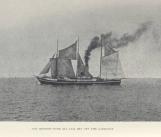 Credits:
Credits:Hunting with the Eskimos: the unique record of a sportsman's year ... , by Harry Whitney. New York: The Century Co. 1910
9
Taking on Water from the Cape York Glacier1908-09
Greenland
 Credits:
Credits:How Peary Reached the Pole: the personal story of his assistant, by Donald B MacMillan. Boston, New York: Houghton Mifflin Co. 1934.
10
'The Roosevelt' was built at the request of Robert Peary - he needed a vessel capable of pushing through Arctic ice, reaching as far north as possible. The equation was apparent to Peary: the shorter the distance over the ice by sledge teams, the greater the chance of successfully arriving at the north pole.The ship was built on Verona Island, Maine, and incorporated many innovations: although rigged for sails, the ship was powered by steam engines, using sails for auxiliary power; a heavy propellor driven by the steam engines allowed the ship to break through the arctic ice; extra planking and steel trusses reinforced the wooden hull; winches and windlasses on the deck allowed the ship to be winched out of tight situations. With a skilled captain at the helm, the ship at a length of 184 feet and a draft of 16 feet, could manouver through pack ice and sail close to shore to avoid ice and wind.
